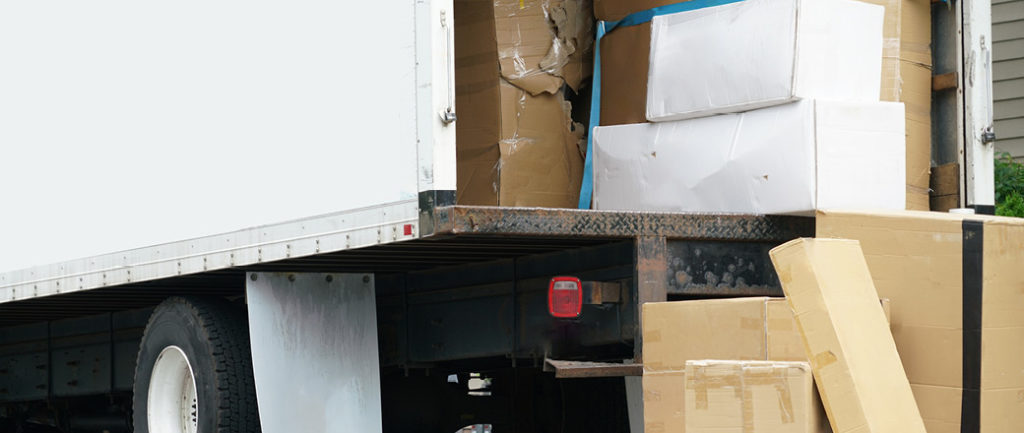The biggest key to managing concealed damage freight claims and other claim types is to prevent them outright. You can also take measures to improve your chances of a successful concealed damage freight claim.
During 2Q 2024 MercuryGate Claims Management customers reported $428.9 million in damage claims. This damage is often immediately obvious, and cargo owners can typically seek reimbursement for any freight damage loss.
Other times, concealed damage to a shipment may only be noticeable after the shipment has been opened and, more importantly, after the delivery receipt has already been signed. In these instances, proving responsibility for the damage and seeking reimbursement becomes much more difficult.
Likewise, cargo theft can often go unnoticed – especially when efforts are made to conceal missing packages. Theft claims can be equally difficult to prove after the fact.

What Are Concealed Damage Freight Claims?
Concealed damage is defined as present but unnoticeable damage at the time of a shipment’s delivery.
This most commonly occurs when there is no visible damage to a shipment’s packaging, but there is damage to the products themselves. In this instance, the consignee is likely to discover damage once they have signed for the shipment and would thus need to file a concealed damage claim.
3 Tips to Prevent Concealed Damage Claims
1. Inspect Shipments Thoroughly
For reasons we’ve already covered, you are much more likely to be reimbursed if you note damages before you sign a delivery receipt. This makes it essential to inspect shipments to the best of your ability before signing them.
During this inspection, be sure to look for signs of damage, such as:
- Rips in the shipment’s packaging.
- Dents in boxes or box corners.
- Moisture or signs of leaking.
- Watermarks or stains.
- Mildew damage.
- Broken tape/seals or other evidence that a package has been opened.
- Punctures in the shipment’s packaging.
- Rattling in boxes.
- Unauthorized double stacking.
2. Make Sure the Shipment Isn’t Short
3. Consider Freight Insurance
Even if the carrier does accept responsibility, they are still likely to try and pay as little as possible. Third-party freight insurance, meanwhile, covers the total value of your shipment and does not require you to prove that the carrier is directly responsible for the shipment’s damage.
What to Do When Concealed Freight Damage Occurs
If you encounter a need to file a concealed damage freight claim, here is the process that you should follow:
- Report the damage to the carrier as soon as it is discovered. In most cases, you only have five days after a shipment’s arrival to file a concealed damage claim.
- Thoroughly document all damage with photographs.
Follow up with the carrier via email to create a record of your request. - If the carrier wants to inspect the shipment, schedule the inspection as soon as possible.
- If the carrier waives the inspection, keep a record that the inspection was waived.
- Preserve all packing material and pallets until authorized by the carrier to dispose of them.
Calculate your potential Saving While Using an enterprise TMS
Manage Theft and Concealed Damage Claims More Effectively with MercuryGate
Concealed damage freight claims are frequently a headache for beneficial cargo owners (BCOs). The proper precautions go a long way toward preventing damage. Following the right process for a concealed damage freight claim can improve your odds of reimbursement.
Download this infographic to see the savings you can realize with concealed damage claims management
To learn more about managing theft and concealed damage claims, download MercuryGate’s free ebook, The Guide to Concealed Damage Claims.


